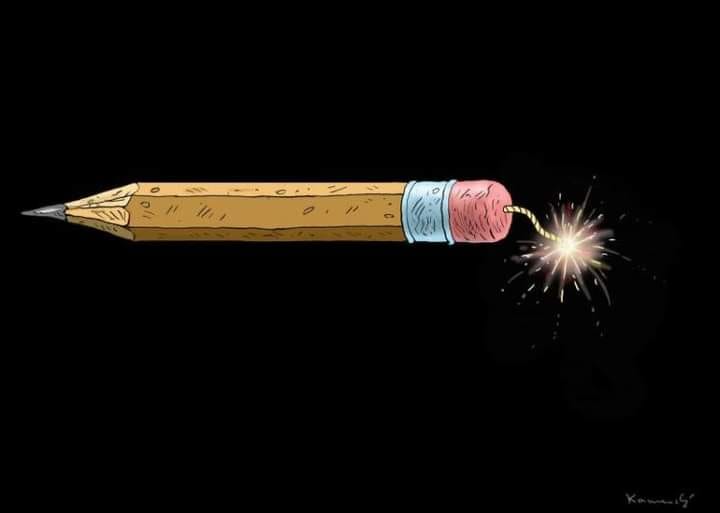Hatred is a sense of alienation, resentment and hatred, and may sometimes be accompanied by extreme anger and tension towards the other, any other. It usually leads to an overwhelming desire to avoid, remove or destroy hated people.
Hatred may be directed towards a human, animal, food or drink, or towards a large group of people, and the hatred may be a person, a group, or an entire people,
In Aristotle’s view, hatred may generate a desire to exterminate the hated object, and others see it as often destroying both parties.
We can identify two main sources of hate:
The first source is the sense of injustice, the lack of justice and the law guaranteeing the human person’s rights against loss, as stated in the Universal Declaration of Human Rights.
It is an important historical document in the history of human rights – drafted by representatives of various legal and cultural backgrounds from around the world, and adopted by the General Assembly in Paris on 10 December 1948 by resolution 217 A as the common standard to be targeted by all people and nations.
It defines, for the first time, the fundamental human rights to be protected globally.
Those rights have been translated into 500 of the world’s languages.
And there are two kinds of injustices:
The first type is objective, factually justified by facts and motives on the one hand, and intellectually, culturally, legally and socially justified on the other.
The second type is subjective and realistically unjustified. Instead, one lives with the illusion of it’s existence. It may be based on a psychological disorder formed during childhood that he was unable to overcome in a timely manner, accompanied by the rest of his life even after the subsequent substantive causes had disappeared.
This species may also be based on ignorance in knowing the right, and on narcissism that allows its owner what it does not allow for others.
The second source is the ideological, educational, ethnic, cultural, religious, sectarian, competitive and historical conflicts.
Hate is a failed love, or love fails to form inside us. Spinoza says:
(Hatred increases when it becomes mutual and can be eliminated only with love.)
Love – the antithesis of hate – is the right and only response to the existence of man, through which he faces the anxiety of separation from his mother nature in the process of shaping himself, and in depth, the prevalence and circulation of hate speech is a reflection of a state of great concern that one feels about oneself and others together. Not to mention the irrational manifestations of human and animal survival instinct, and no one who has experienced their very existence and self-esteem as a human being can be hateful of the other.
And here we can see a third, deeper source than previous exporters, which could be a profound sentimental motive for later hate. That is, the pain of existential weaning, or the pain of self-formation away from nature’s lap. And about the embrace of the primitive community, where a human being was left alone in the face of the world. And the nature of modern civilization has contributed to his alienation, isolation and isolation from his natural surroundings, as well as from his human surroundings; He lost his sense of self as part of every protecte, foster and safe.
According to Marxist rhetoric, a person lives in alienation when he produces what he hasn’t authority over it. The worker in the factory takes a wage for his work, but he does not decide the fate of his product. Capital does so, so that the concept of equality in modern Western society has become analogous; The analogy of people who read the same information, live the same pleasure and the same way, listen to the same news that the media themselves broadcast, have the same ideas, the same feelings, and live their diaries the same way. The analogy kills the spirit of individuality and privacy that is a cause of maturity and communication with each other as independent self-conscious and self-sacred souls in each other and does not seek to destroy them.
Because this analogy puts pressure on the individual and his inherent tendencies, which have not yet been trimmed, it generates in his psychological fabric preparations for aggression and unloading congestion by finding a hated subject and causing anger and strangeness.
It seeks to be reunified, to which it was a source of solace in the distant history; He can find only two ways:
– The way to erase oneself, and also the other, leading to hatred, destruction, wars, competition and further loss of sense of self, which is either measured between all and not out of society, or to destroy and abolish the different other.
– Or the path of love-based maturity.
#كلمتين_نضاف
(Two clean words)






